the waddington Lending Library
Welcome to our Society’s book request service
We have created a way for you to browse and request Society books. The majority of these have been graciously provided by Janice Waddington on behalf of her late husband, Rick.
We will continue to provide the “Library table” which will be set up at each public lecture in addition to this service.
Take a moment or two to browse the books and if you would like to borrow one, simply click on the “REQUEST A BOOK“ button below.
Behind the scenes an email will be automatically sent to the Society’s librarian to process your request. Following this you will receive a confirmation email with collection details (this will be normally the next HAPY lecture held at the Cooper Gallery).
We hope you will enjoy using this members-only service.
A Hieroglyphic Vocabulary to the Theban Recension of the Book of the Dead
09/06/2025Author: E A Wallis Budge
Containing a comprehensive dictionary of hieroglyphs to all the texts of the Theban Recension of the Book of the Dead, and also to most of the supplementary Chapters of the Saïte and Graeco-Roman period that are usually appended to it, this volume will prove to be a staple part of a rounded appreciation of Ancient Egyptian literature.
First published in 1911, the index includes all English equivalents to the Egyptian words. Phonetic values for each symbol are provided, the arrangement of the words and their various forms is arranged alphabetically throughout, and each hieroglyph is printed clearly: a user-friendly and concise tool for all enthusiasts, students and researchers.
Views: 5

Akhenaten: Egypt’s False Prophet
19/03/2023Author Nicholas Reeves
One of the most compelling and controversial figures in history, Akhenaten has captured the imagination like no other Egyptian pharaoh. Much has been written about this strange, persecuted figure whose freakish appearance – elongated and effete – is totally at odds with that of the traditional Egyptian ruler-hero. Scholars and laymen have speculated that he was a eunuch or a sufferer of a genetic disorder – or even a woman. Known today as a heretic, Akhenaten sought to impose upon Egypt and its people the worship of a single god, radically affecting the country in every way, from art to the written language. In this reevaluation, Nicholas Reeves gives a different perspective on the turbulent events of Akhenaten’s 17-year reign. Reeves argues that, far from the idealistic founder of a new faith, Akhenaten cynically used religion for purely political ends in a calculated attempt to reassert the authority of the king and concentrate power in his own hands. In the process, he suppressed potential opposition by unleashing a terror that reverberated down the centuries. The founding of the new capital at el-Amarna was also politically motivated: Thebes, Egypt’s premier city, had proved unreceptive to the king’s ideas. Akhenaten’s revolution ultimately failed as political, financial, and moral corruption overwhelmed the regime. His traditionalist successors showed little mercy. With a ruthless determination not seen in Egypt before or since, all trace of the pharaoh’s existence was systematically expunged.
Views: 10

Ancient Egyptian Hieroglyphs – A Practical Guide
19/03/2023Author: Janice Kamrin
What do the enigmatic images on ancient Egyptian artefacts mean? What royal names adorn the walls of some of the world’s oldest temples? What kind of lives did the people buried in the ancient tombs lead? The keys to unlock this fascinating civilization lie within the glyphs of its sacred language. Appearing a little before 3200 BC, Egyptian hieroglyphs were used for thousands of years to write names, label commodities, commemorate historic events, and convey complex stories.
Views: 9
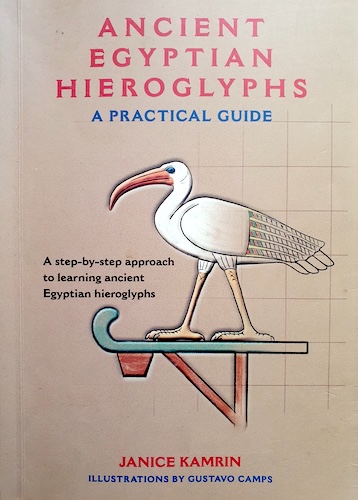
Ancient Egyptian Magic
09/06/2025Author: Bob Brier
Ancient Egyptian Magic is the first authoritative modern work on the occult practices that pervaded all aspects of life in ancient Egypt.
Based on fascinating archaeological discoveries, it includes everything from how to write your name in hieroglyphs to the proper way to bury a king, as well as
- Tools and training of magicians
- Interpreting dreams
- Ancient remedies for headaches, cataracts, and indigestion
- Wrapping a mummy
- Recipes for magic potions and beauty creams
- Explanations of amulets and pyramid power
- A spell to entice a lover
- A fortune-telling calendar
These subjects and many more will appeal to everyone interested in Egyptology, magic, parapsychology and the occult, or ancient religions and mythology.
Views: 3
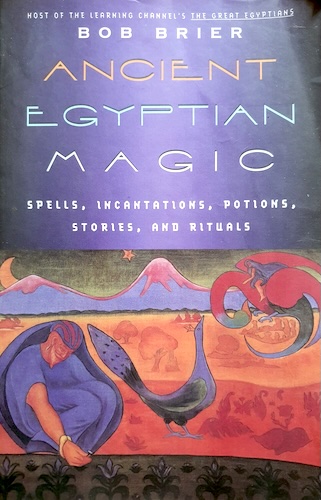
Ancient Egyptian: A Linguistic Introduction
19/03/2023Author: Antonio Loprieno
The language of Ancient Egypt has been the object of careful investigation since its decipherment in the nineteenth century, but this is the first accessible account which uses the insights of modern linguistics. Antonio Loprieno traces Ancient Egyptian’s historical development from Old Egyptian to Coptic and, combining diachronic and synchronic viewpoints wherever possible, he looks at the hieroglyphic system and its cursive varieties (Hieratic and Demotic), the phonology of Classical Egyptian and Coptic, the phonology and syntax of the literary languages, and semantic and pragmatic constraints on syntax. He also looks at the genetic connections of Egyptian within the Afroasiatic family, especially with Semitic languages such as Akkadian, Arabic and Hebrew. This book will be essential reading for linguists and Egyptologists alike.
Views: 4
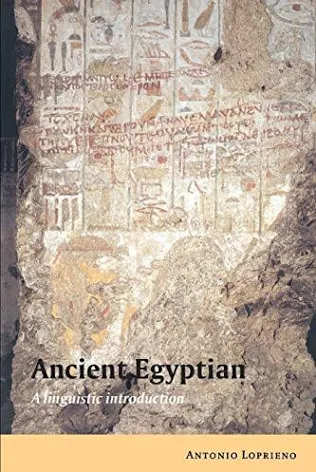
Complete Middle Egyptian
19/03/2023Author: Richard Bussmann
This journey into ancient Egypt travels 5,000 years back in time to the origins of Pharaonic civilization. Using original historical texts, it explores life along the Nile through the hieroglyphic script and the language of hieroglyphic texts.
Complete Middle Egyptian uses an innovative discovery method to teach hieroglyphs, placing emphasis on a deeper understanding of the language. Throughout the book, readers are encouraged to study texts on their own before grammar is explained and reinforced with a wide range of exercises, including classical transliteration and translation. From the beginning, they will encounter original texts reproduced in the form in which they were carved on the tomb and temple walls. By studying the photos, drawings and maps while doing the exercises, students will understand the historical relevance of the texts, and hence the core tenets of ancient Egyptian culture.
Structured around different themes, the course progresses from signs and words, to sentences and verb forms, and eventually to longer passages. It moves from funerary inscriptions, through the world of kings and officials, to key religious ideas, and finally fiction and bureaucracy. This is an ideal language course for anyone interested in learning hieroglyphs, whether motivated by history, archaeology, travel, or simple curiosity, and is suitable for both self-study and classroom use.
Views: 23
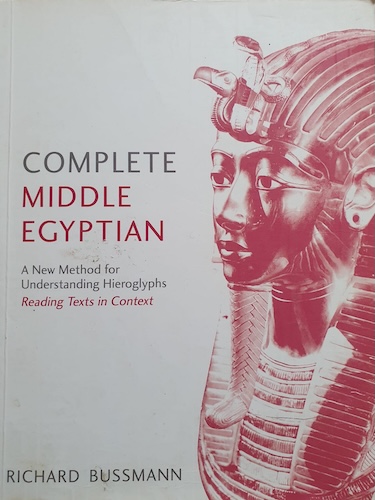
Daughters of Isis
09/06/2025Author: Joyce Tyldesley
The women of dynastic Egypt (3000-332 BC) were a remarkable phenomenon in the ancient world. Subjected to none of the harsh restraints that Mesopotamian, Greek and Roman patriarchal traditions imposed on their womenfolk, Egyptian females were acknowledged in law to be full and independent members of society, capable of rational thought and well able to account for the consequences of their own deeds. Any free-born woman was assured of her legal right to own and trade in property, initiate a court action and even live alone without the protection of a male guardian.
Royal wives, mothers and daughters enjoyed great influence and power in affairs of state, and a few unusually dominant women even managed to seize the throne and rule their land as kings.
This book considers the daily routine of dynastic Egypt from a female viewpoint, using a combination of historical, archaeological and ethnographic evidence to review those aspects of life most relevant to women. Marriage and motherhood, employment prospects and housework, religion and death are all discussed in detail, while two chapters are devoted to the influential women of the royal harem and the semi-divine king-queens who owned their land and everyone in it. The Egyptian woman emerges from this balanced and sympathetic study as a vivid and influential figure. Her story makes fascinating reading, providing a mine of information for anyone interested in the daily life of ancient Egypt.
Views: 6

Decoding the Secrets of Egyptian Hieroglphs
09/06/2025Author: Bob Brier
24 lectures / 30 minutes per lecture
Join popular Egyptologist Bob Brier for a 24-lecture guide to reading, writing, and translating ancient Egyptian hieroglyphs. Four CDs.
Views: 5

Egypt
09/06/2025Authors: Various
Over 1,000 full colour photographs
Cutaways and floorplans of major sights
Easy-to-use maps and plans
Over 200 hotels and restaurants
Advice on exploring the pyramids and ancient tombs
Boat tours on the nile and diving in the red sea
Views: 3
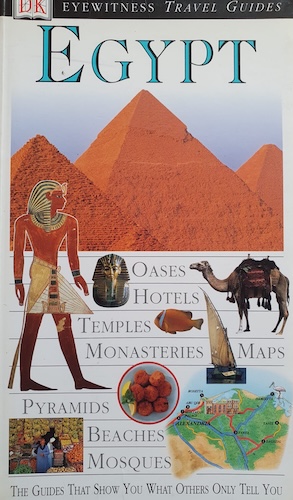
Views: 87
